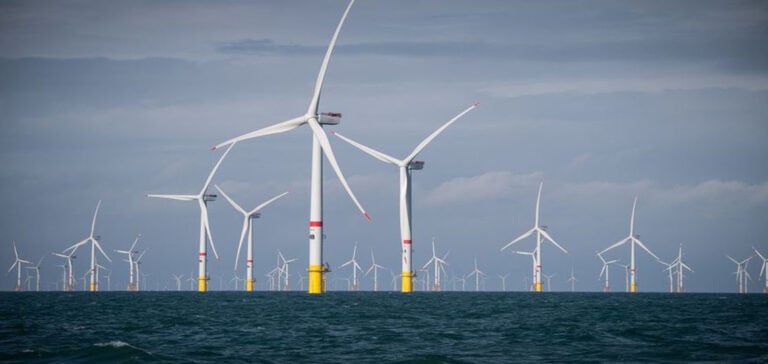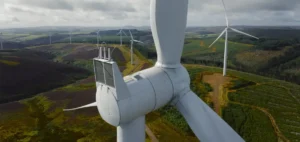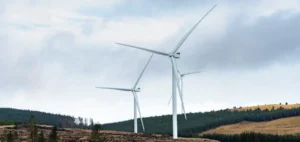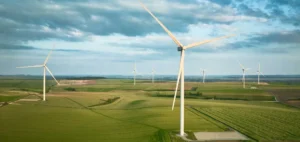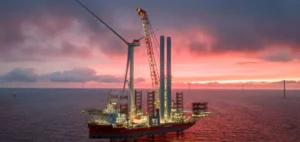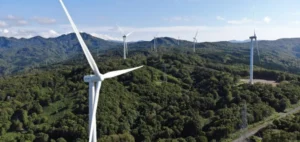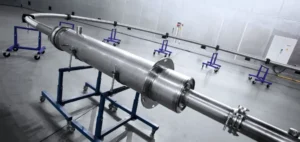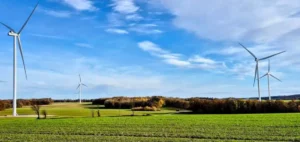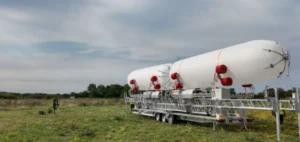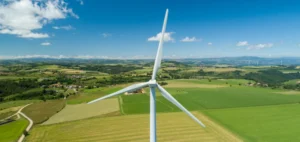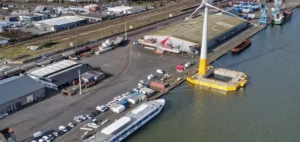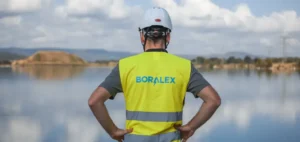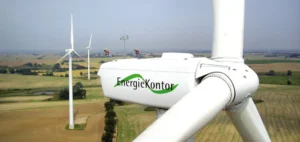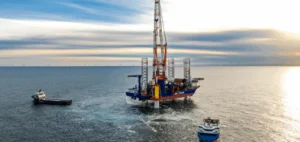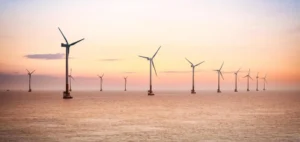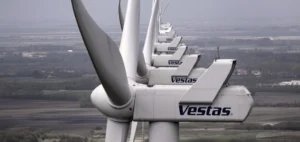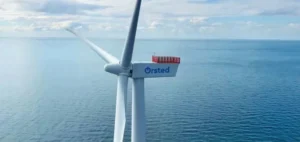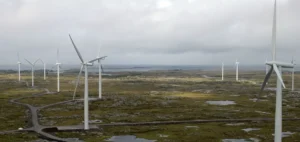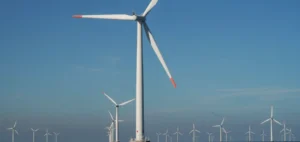The EU needs to accelerate its wind turbine deployment by a factor of ten. However, the global economic situation has made financing more complicated. Soaring interest rates have had a negative impact on the profitability of offshore wind projects, making investments more costly and risky.
What’s more, inflation in raw materials such as steel and copper has driven up the cost of building wind turbines. These increased costs can have a significant effect on project budgets, making it even more difficult to meet deployment targets.
Finally, tensions over the supply of essential components, such as nacelles, cables and turbines, have been exacerbated by the presence of Chinese manufacturers on the market. Fierce competition for these key components has increased logistical complexity and sometimes led to delays in project completion.
The EU Action Plan
Faced with these challenges, the European Commission has presented an action plan to facilitate the mass deployment of offshore wind turbines. The plan does not include any new legislative proposals, but offers a toolbox for simplifying administrative procedures, reducing production costs and boosting industrial competitiveness.
The first objective of this plan is to speed up authorization procedures. Thanks to a Brussels initiative, EU countries can now process these requests online, which should reduce delays and facilitate the process.
States are also encouraged to improve the predictability of planned projects. This requires transparent auction schedules with better-defined criteria, available on a European digital platform, as well as long-term planning. Better coordination between Member States is essential to ensure the success of this plan.
Financial and International Issues
As far as funding is concerned, the Commission will facilitate access to the European Innovation Fund. In addition, the European Investment Bank (EIB) will provide guarantees to cover private banks granting loans to manufacturers. Brussels also encourages Member States to make full use of the current flexibilities in public aid to support offshore wind projects.
Finally, the European executive assures us that it is “closely monitoring any unfair trade practices that benefit wind turbine producers in third countries”, without explicitly mentioning China. Increased vigilance is needed to ensure that European producers are not unfairly disadvantaged.
The Importance of Rapid Action
The actions proposed in this plan are crucial to ensuring that the EU meets its ambitious renewable energy targets. Europe’s supply chains must be able to provide the equipment needed to achieve this colossal goal. Everyone must play their part, and these measures must be applied as quickly as possible, without waiting for new legislation.
Giles Dickson, head of the industry federation WindEurope, stressed the importance of these actions for the wind energy industry in Europe. He asserted that “these measures will help Europe’s supply chains to provide the equipment needed to meet the growing demand for offshore wind turbines. However, it is imperative that these measures are implemented quickly so that the EU can realize its renewable energy ambition.”
All in all, the massive deployment of offshore wind turbines by the EU represents a major challenge, but is crucial to achieving renewable energy targets. The European Commission’s action plan provides a framework for overcoming current obstacles and accelerating the pace of deployment. It is now up to the Member States to implement these measures rapidly to ensure the success of this crucial undertaking.


